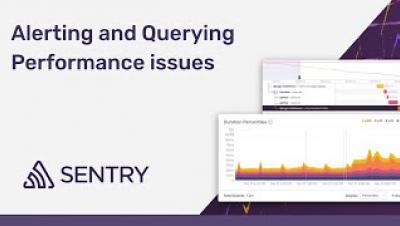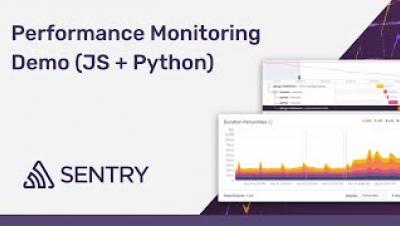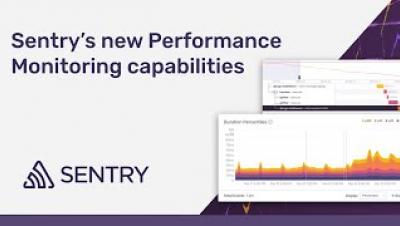Automate Release Management with the Sentry Release GitHub Action
Time trolls people. It speeds up in good times and slows down in bad. For instance, when you push code, your brain feels like it’s in a whirlwind. But when you’re debugging subsequent errors, the hours seem to slog by. This is particularly true if you are operating without context and without the help of automation. Fortunately, our friends at GitHub built an automation platform for products like Sentry to integrate with: Sentry Release GitHub Action.















